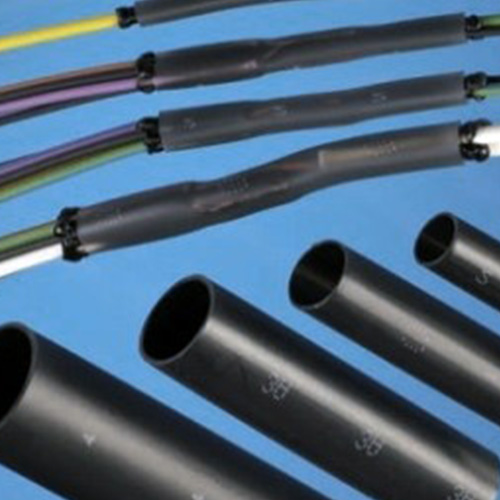 Heat shrink tubing, commonly used in electrical and mechanical applications, offers numerous benefits that extend beyond its practical uses. Not only is it a highly effective solution for insulation, protection, and cable management, but it also provides various environmental advantages that make it a more sustainable option in many industries. In this article, we will explore the environmental benefits of heat shrink tubing and how it can contribute to a greener future.
Heat shrink tubing, commonly used in electrical and mechanical applications, offers numerous benefits that extend beyond its practical uses. Not only is it a highly effective solution for insulation, protection, and cable management, but it also provides various environmental advantages that make it a more sustainable option in many industries. In this article, we will explore the environmental benefits of heat shrink tubing and how it can contribute to a greener future.
1. Reduction of Waste
One of the most significant environmental advantages of heat shrink tubing is its ability to reduce waste. Compared to traditional alternatives like electrical tape or connectors, heat shrink tubing is more durable and long-lasting. Its robust protection against wear, tear, and environmental damage means fewer replacements are required over time. This translates to a reduction in material waste, as fewer products are discarded into landfills. By using heat shrink tubing, industries can contribute to waste reduction efforts and promote longer product lifespans.
2. Energy Efficiency
Heat shrink tubing also helps enhance energy efficiency. By providing protective insulation for wires and cables, it prevents damage caused by exposure to moisture, chemicals, and physical abrasion. This protection reduces the need for costly and energy-intensive repairs or replacements of electrical systems. With fewer disruptions and less frequent need for replacements, energy consumption is reduced, contributing to a more efficient and sustainable use of resources.
3. Eco-friendly Materials
Another environmental benefit of heat shrink tubing is the growing availability of eco-friendly materials. While traditional heat shrink tubes were made from materials like PVC, many modern versions are crafted from biodegradable, recyclable, or low-impact materials. Cross-linked polyolefin, for example, is a popular material used in heat shrink tubing that can be more sustainable than conventional plastics. This shift toward environmentally friendly materials ensures that heat shrink tubing can be a part of green initiatives, offering a sustainable alternative to more harmful substances commonly used in the industry.
4. Reduced Carbon Footprint
The protective capabilities of heat shrink tubing can help reduce the overall carbon footprint of electrical systems. By shielding wires from harsh environmental elements, such as moisture or heat, the need for repairs and replacements is minimized, thus reducing resource consumption. Fewer repairs and replacements mean less energy used in the manufacturing and transportation of replacement parts, which ultimately lowers the carbon footprint of the systems. Heat shrink tubing, therefore, plays an essential role in supporting sustainability efforts, both by prolonging the life of systems and reducing the need for additional energy inputs.
5. Energy Conservation
Heat shrink tubing can also aid in energy conservation. By ensuring proper insulation and preventing electrical shorts, heat shrink tubing helps maintain the efficiency of electrical systems. Exposed wires or damaged cables can result in energy loss, but heat shrink tubing provides a protective layer that keeps systems operating efficiently. In this way, energy consumption is minimized, contributing to both lower utility bills and a reduced environmental impact. The longer a system remains energy-efficient, the less energy is wasted, and the greater the positive environmental impact.
6. Reduced Chemical Use
In many industries, chemical-based coatings or sealants are often used to protect wires and cables from environmental damage. These chemicals can be harmful to the environment, especially when they leach into the soil or water supply. Heat shrink tubing, however, offers a safer and more environmentally friendly alternative. By providing a protective barrier without the need for additional harmful chemicals, it helps reduce the overall chemical footprint of electrical systems, contributing to a cleaner environment.
Conclusion
While heat shrink tubing may still have environmental impacts associated with its production and disposal, its benefits in terms of durability, energy efficiency, and waste reduction make it a more eco-friendly option compared to other materials. With the growing trend toward sustainable production methods and eco-conscious materials, heat shrink tubing is an excellent choice for industries looking to reduce their environmental footprint. By choosing heat shrink tubing, companies can not only improve the efficiency and longevity of their systems but also contribute to a greener, more sustainable future.

